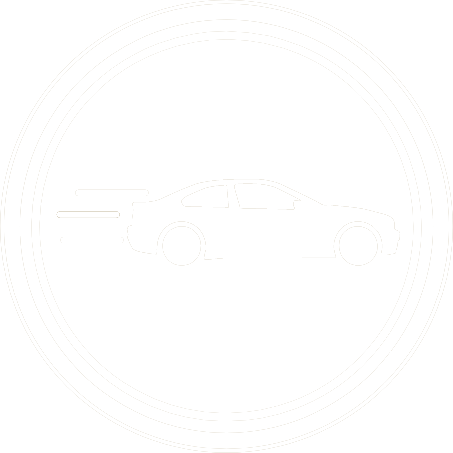A small patch of rubber about the size of your palm is all that is stopping you from careening out of control and becoming the hood ornament on a passing truck – yet all too many South African drivers pay scant attention to the condition of their tyres. . .and the road fatalities confirm this.
 Statistics from the Road Traffic Management Corporation (RTMC) show some 73,3% of crashes due to vehicle failure are the result of burst tyres.
Statistics from the Road Traffic Management Corporation (RTMC) show some 73,3% of crashes due to vehicle failure are the result of burst tyres.
With the holiday season fast approaching, tyre checks should be placed high on the list of things to do before heading off on a long trip.
During the recent Transport Month event, ‘Corporate accountability: driving safety in fleets,’ tyre care was discussed. Concern was expressed that many drivers are often following inaccurate information on tyre maintenance.
The CEO of MasterDrive. Eugene Herbert, explains: “Ill-informed beliefs about tyre care perpetuate dangerous decisions drivers make about their tyres. It is important that myths are debunked and drivers given correct guidance on tyre care.
“MasterDrive brought together various organisations within the tyre industry including, Bridgestone, Dunlop, Ford, Goodyear, SAPRA and SATMC, to provide professional and informed perspectives,” says Herbert.
This is what they had to say:
Tyre repair: avoid using service stations to fix punctures. Correct repair requires not only plugging the hole from the outside but also assessing the tyre’s condition from the inside. The object that caused the puncture may cause more damage than what is visible from the exterior. Furthermore, damage may have resulted from driving with incorrect pressure before fixing the puncture.
Tyre pressure: a fuel station attendant is not necessarily trained in tyre care. Invest in an affordable, good-quality tyre pressure gauge to check pressures yourself. Over or underinflated tyres have financial impacts, affecting fuel consumption and wear.
 Drivers embarking on long-distance trips should also check tyre pressure when it is cooler and avoid checking halfway through a trip. Heat created by driving will make the pressure seem higher than it is. If the tyre is deflated, it will be underinflated when you start driving again as the tyres will have cooled.
Drivers embarking on long-distance trips should also check tyre pressure when it is cooler and avoid checking halfway through a trip. Heat created by driving will make the pressure seem higher than it is. If the tyre is deflated, it will be underinflated when you start driving again as the tyres will have cooled.
Tyre information: it is important, firstly, to know all information about tyres is reflected on it. This includes everything from the sizes to the manufacture date and a Tread Wear Indicator (TWI). Of particular importance is the TWI. Once a tread reaches this indicator, immediately replace them.
The belief that one can continue driving until it is 1,6 mm below this indicator is a myth. Look at date of manufacture as tyres older than five years from this date, need to be replaced even if they appear to be in good condition. Failing to do so could also affect insurance coverage in an accident.
 Cheap tyres: there is no such thing as cheap tyres. Second-hand or re-grooved tyres are a huge risk on passenger vehicles. Ultimately, those tyres were removed from a vehicle for a specific reason, frequently they are sourced from rubbish dumps. Yet, estimates say that as many as 2,5-million of these tyres are purchased yearly. When tyres are re-grooved, the casing is cut into, often exposing rayon or steel. These tyres are highly dangerous.
Cheap tyres: there is no such thing as cheap tyres. Second-hand or re-grooved tyres are a huge risk on passenger vehicles. Ultimately, those tyres were removed from a vehicle for a specific reason, frequently they are sourced from rubbish dumps. Yet, estimates say that as many as 2,5-million of these tyres are purchased yearly. When tyres are re-grooved, the casing is cut into, often exposing rayon or steel. These tyres are highly dangerous.
Colin Windell - proudly CHANGECARS











